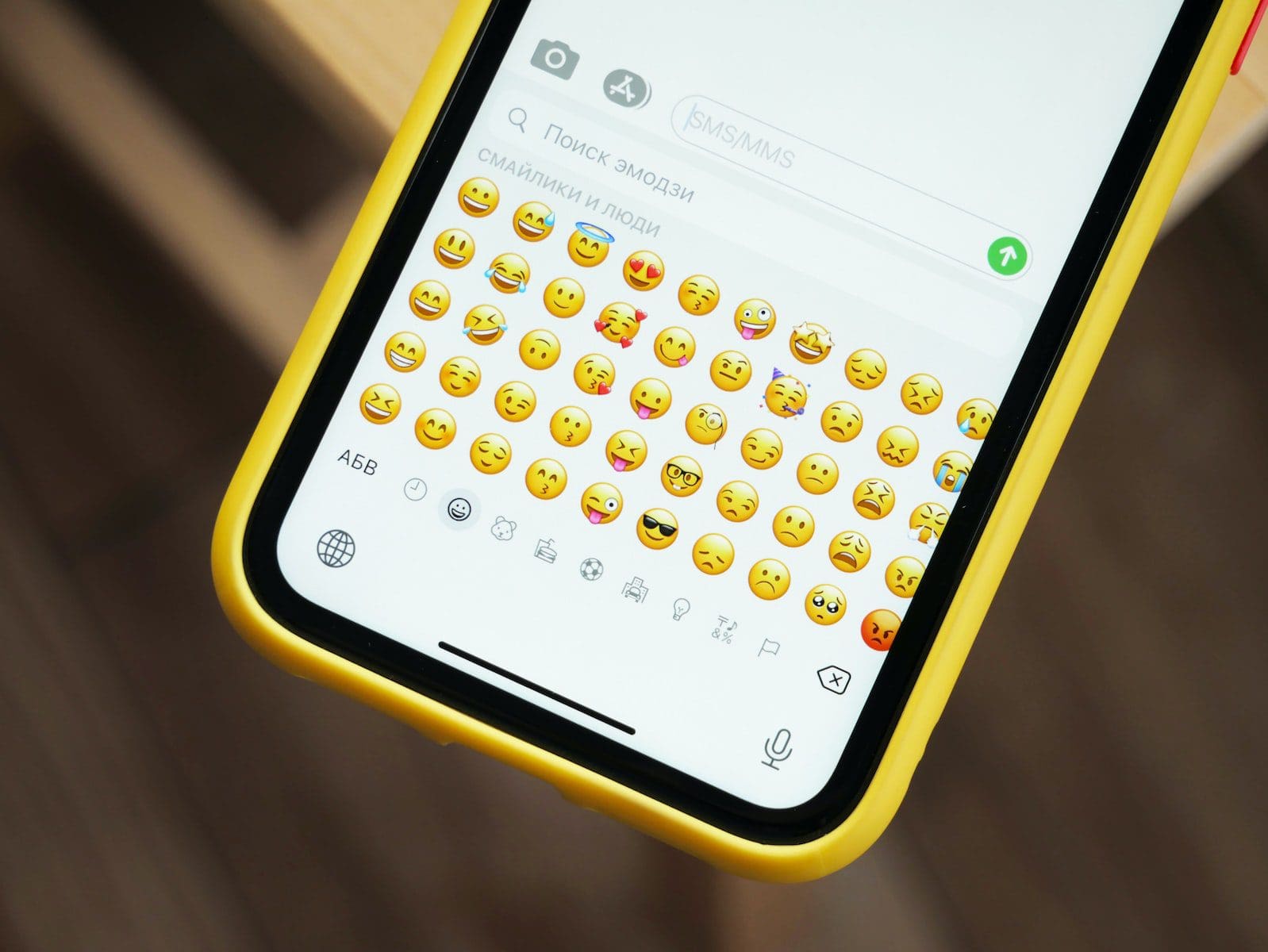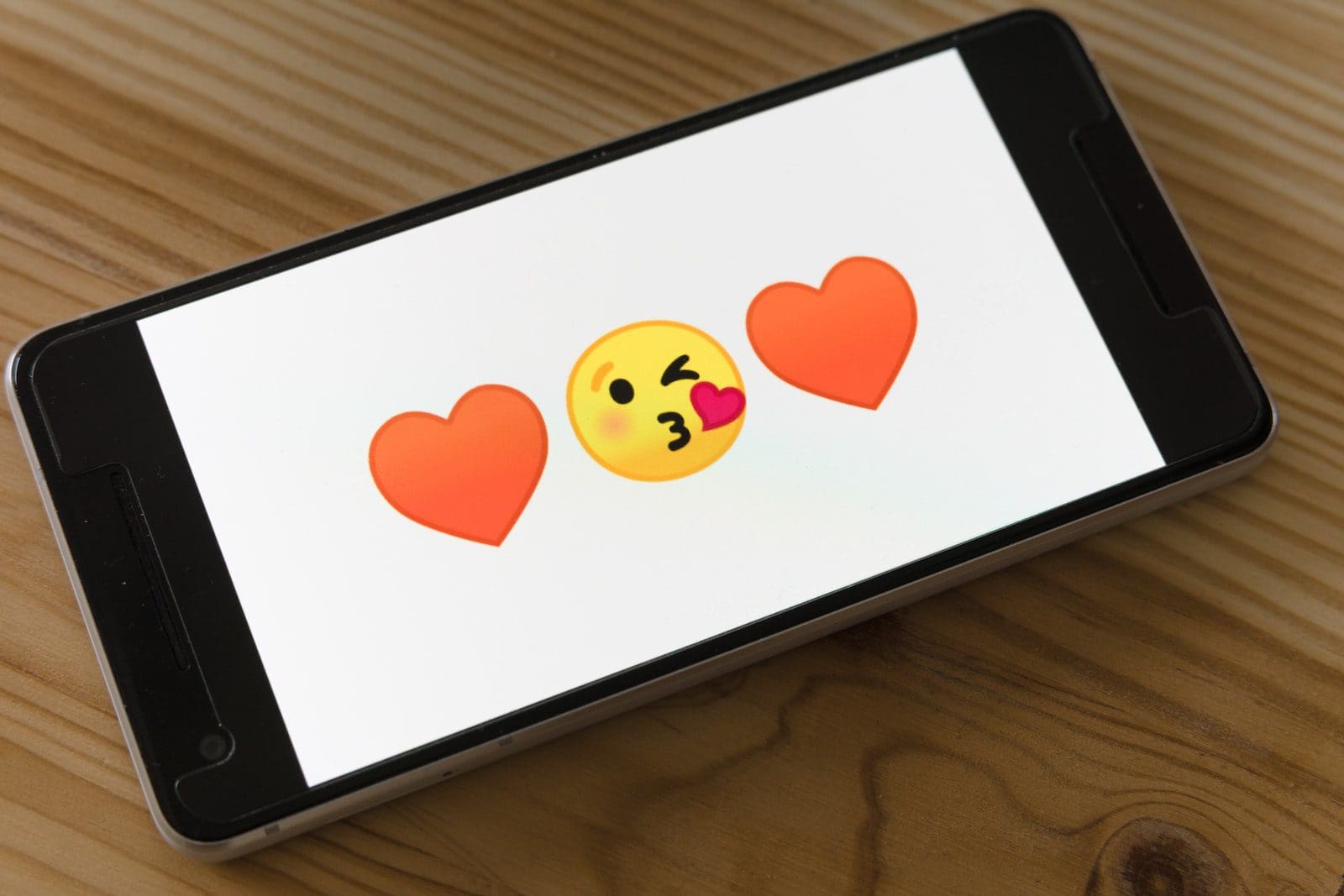In the contemporary world, people have several ways to express emotions in digital messages. Emojis and emoticons are two of them.
During the conversation, both the emoji and emoticon are used with each other in conduction, but they are quite different from each other.
Key Takeaways
- Emojis are pictorial symbols that represent emotions, objects, or ideas and are designed to be more expressive than emoticons, created using text characters.
- Emojis are available in a wide variety of styles and designs, while emoticons are created using simple text characters such as 🙂 or :(.
- Most modern devices and platforms support emojis, while emoticons may not display correctly on all devices or platforms.
Emoji vs Emoticon
Emoji is a very small image that can be inserted into a text, and it depicts an emotion or idea. It can be found in almost every kind of electronic communication. An emoticon is two or more keyboard characters, especially punctuation marks, that represent human facial expressions like happy or sad.

A small enough image that can be inserted into the text and expresses an idea or emotion is known as an emoji. They are most used in text and email messages and are available in any electronic communication.
An emoticon is made with the help of the keyboard characters (numbers, punctuation marks, letters), which represent human facial expressions.
Comparison Table
| Parameters of Comparison | Emoji | Emoticon |
|---|---|---|
| Interpretation | It is a small graphical image that expresses emotions or ideas. | It is made from keyboard characters to represent a face. |
| Invented | In 1999 | In 1982 |
| Derived | From Japenese | From English |
| Made of | Pre-made faces | Symbols |
| Version | Emoitcon’s advanced version | Precursors to modern emojis |
What is Emoji?
Emoji’s primary function is to fill in emotional cues. Emojis are much like emoticons, but emoticons are a typographic approximation, and emojis are pictures.
Originally, the word emoji originated from a Japanese search for e (picture) and moji (character). The word “emoji”, in a strict sense, refers to pictures that are represented as encoded characters.
In the contemporary world, it has become a large part of popular culture around the world. In 2015, “Tears of Joy emoji” became the word of the year.
If the software fails to support the character, then it will only display a blank space or placeholder icon. So, it is important for the software to explicitly support these characters.

What is Emoticon?
An emoticon is a representation of facial expression by using characters such as letters, punctuation marks, and numbers. It helps to express a person’s mood, reaction, or feelings.
An emoticon is a noun that is a symbol and is used by people to communicate in digital communications. Mostly to form a smiley face, punctuation marks are used to form the mouth and eyes.
In 1986, Japan adopted a special kind of style, namely kaomoji, on ASCII NET. Katakana character set is utilized in it, which helps to understand without tilting head.
Emoticons in communication technology played a significant role. Various devices and applications provide stylized pictures without the usage of text punctuation.

Main Differences Emoji and Emoticon
- Emojis are just like emoticons, but they are available in all kinds of genres, such as animals, expressions, places, and end objects. In contrast, emoticons are a set of ad-hoc symbols that are created using alphanumeric characters.
- Emojis do not use keyboard characters (numbers, punctuation marks, and letters) to be inserted in messages.



